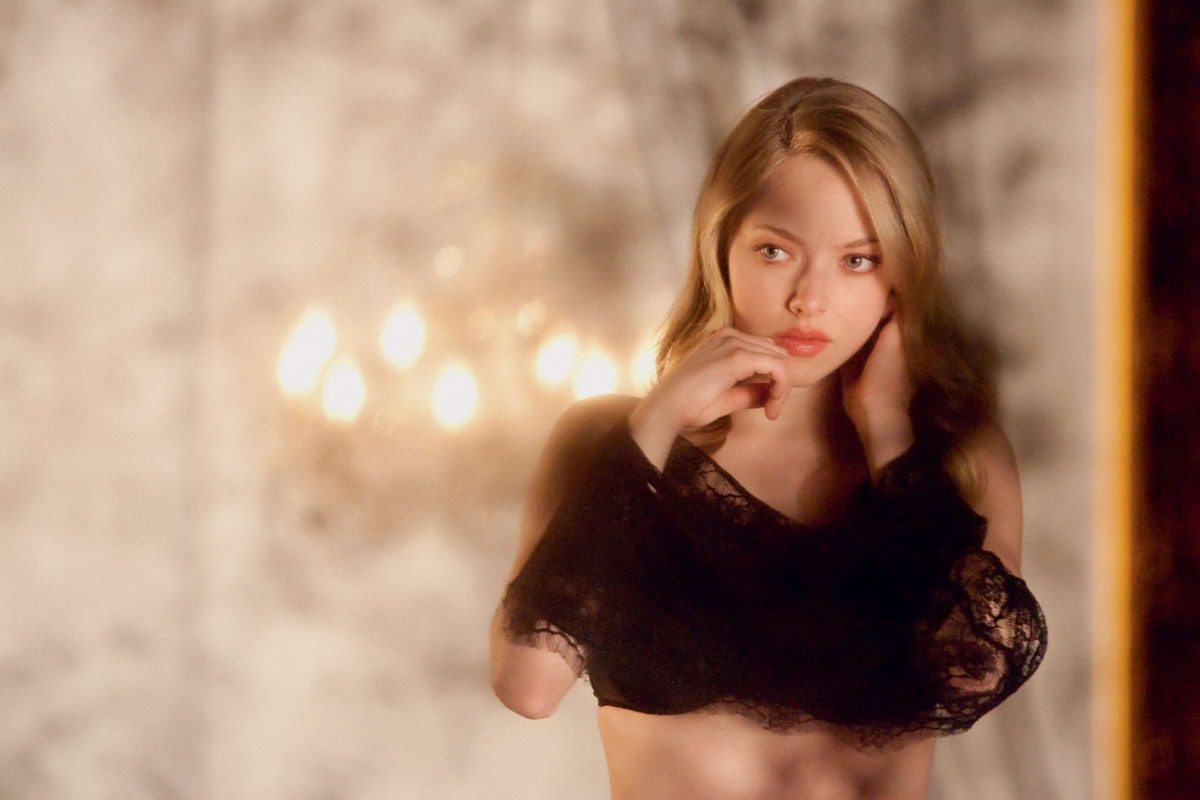DIRECTOR INSPIRATIONS
Before filming, it was important for me to see what is expected of a trailer within the psychological horror/thriller genre, so that my group would be able to conform as much as possible, whilst taking any inspirations and making it our own. To do so, researching known directors in the genre would be a way for me to find their best trailers and see any reoccurring themes or idea they repeat. This would introduce me to any inspirational aspects that we could bring forth within our trailer.
Adrian Lyne
Coming across a list of the best directors involved in our chosen genre was an excellent way to branch out on any trailers I may have previously missed out on- Lyne being one of them. Reading the plot of 'Jacob's Ladder' made me realise the similar attributes the main character and the characters within our own trailer have- the struggle of keeping the 'insane' side of yourself in. Even though our characters aren't suffering from PTSD, they will still feel the toxic urge to conform to their 'other side', and will still struggle to stay 'normal', which is exactly what is portrayed within this trailer.
 I particularly thought these two sections of the trailer were aspects we could bring forth in our own trailer- the flashes and random short clips of moving images create the sense of disorientation that the characters would be feeling.
I particularly thought these two sections of the trailer were aspects we could bring forth in our own trailer- the flashes and random short clips of moving images create the sense of disorientation that the characters would be feeling.David Fincher
Another director that inspired me creatively was Fincher, specifically in the trailer 'The Girl with the Dragon Tattoo'. What specifically drew my attention was the abrupt ending which you can see on the left. A zoom in establishing shot of the same house was cut up and split between the title of the film broken up into different words. The chaotic interruptions create a sense of frenzy and confusion, which is exactly the emotion my group and I would want our audience to feel also.
 I also came across another trailer by Fincher that sparked a interest named 'Panic Room'. I enjoyed the overall tone of fear that was evident throughout the trailer, and the scene on the right was something in particular that fascinated me. It is such a simple camera movement yet brings in so many connotations with it. The slow turning feels somewhat creepy and foreshadows the climatic shots that are yet to come. This is something I felt inspired by as I love the idea of having a short, slow paced shot that comes right before the shots pace increases, as it fits well with our theme and genre.
I also came across another trailer by Fincher that sparked a interest named 'Panic Room'. I enjoyed the overall tone of fear that was evident throughout the trailer, and the scene on the right was something in particular that fascinated me. It is such a simple camera movement yet brings in so many connotations with it. The slow turning feels somewhat creepy and foreshadows the climatic shots that are yet to come. This is something I felt inspired by as I love the idea of having a short, slow paced shot that comes right before the shots pace increases, as it fits well with our theme and genre. Stanley Kubrick
Another trailer that I find inspirational is 'The Shining' directed by Stanley Kubrick. The ending was the section that intrigued me the most (as did most of other trailers within the same genre I found- indicating our own ending should be filled with the same sense of overwhelming chaos).
This paricular montage was filled with random shots of violence, panic and disturbance, which is exactly the kind of vibes we want our trailer to entail.
Tod Williams
The trailer 'Cell''s plot was an aspect I thought to be perfect to draw inspiration from as the characters involved are being 'taking over' by a higher power, meaning their behaviour is uncontrollable and something that cannot be stopped. This is a similar concept the characters in our own trailer will endure (their own brain being the higher power). This particular scene involves of short fast shots of the 'zombies' with many quick paced black flashes in between to create panic and uncomfortable tones for the audience. Also the way that the character's are behaving, shown through the establishing shots, is a technique we can adapt to our own characters personas. It gave me many ideas and visions on how we could film the scenes of when the group are together in our trailer, and how we need to make them seen for the audience.





































